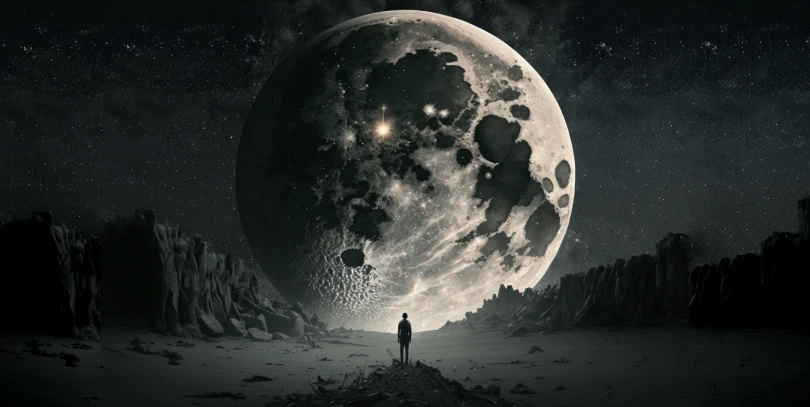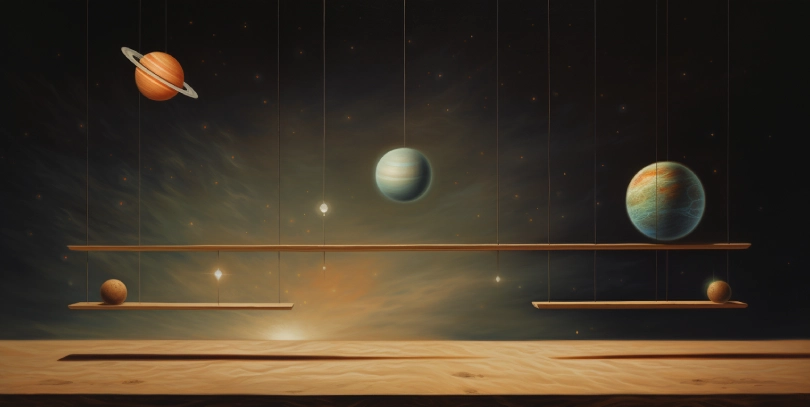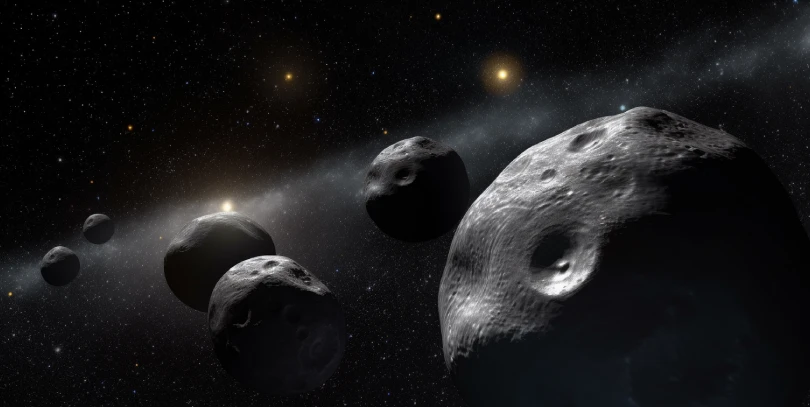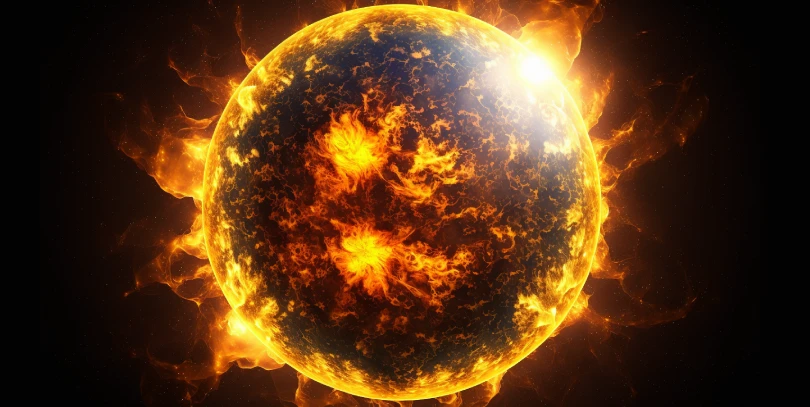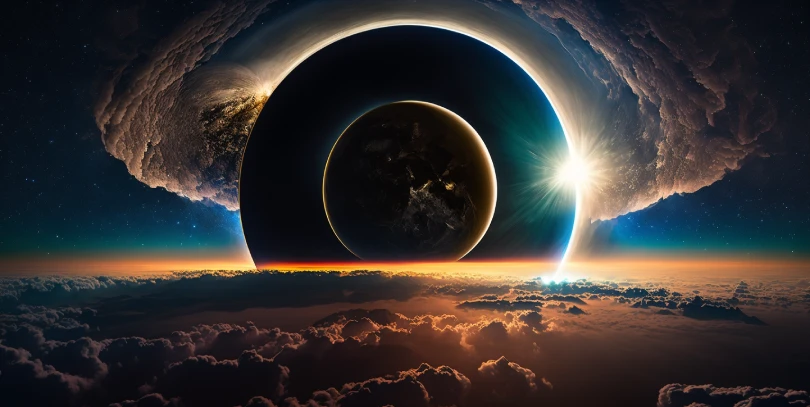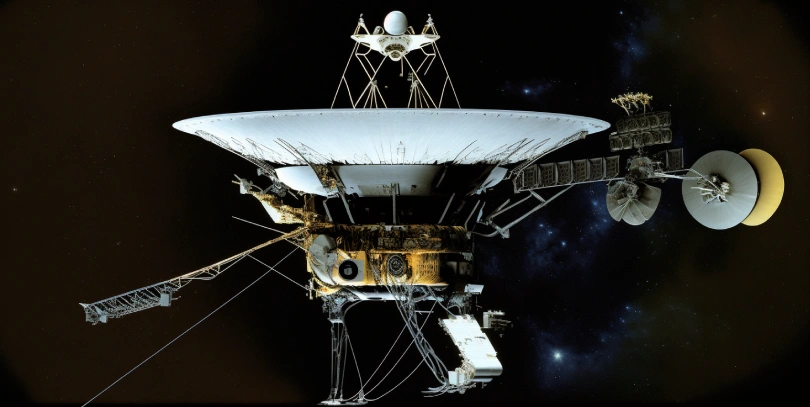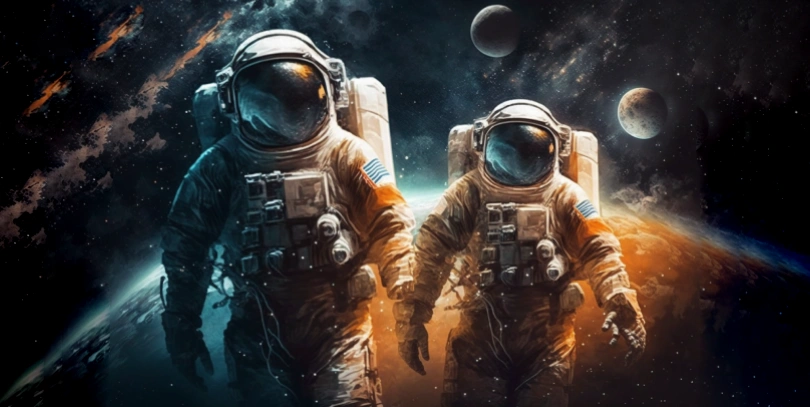Since time immemorial, the Moon has held a place of wonder and fascination for humans all over the world. It is our closest celestial neighbor, waxing and waning in an eternally repeating cycle that has been deeply tied to our sense of time. But there are many aspects about the Moon that people may not be aware of – from its physical characteristics to its history, even some unique features! Here are 10 fascinating facts about the Moon that you may not know yet.
- The Moon is the only natural satellite of Earth and it orbits our planet at an average distance of about 238,855 miles. It has a diameter of 2,159 miles, making it about ¼ the size of Earth. This means that from Earth’s surface, the Moon appears to be just over one-half its actual size in the sky.
- The Moon has no atmosphere and its gravity is only one-sixth that of Earth’s, which means it has much weaker tides. This makes the surface temperature range on the Moon incredibly wide – from 212 degrees Fahrenheit (100 degrees Celsius) during a lunar day to -280 degrees Fahrenheit (-173 degrees Celsius) at night.
- Unlike Earth, where tectonic plates move around and cause earthquakes and volcanoes, the Moon is believed to be geologically dead. There have been no recorded volcanic or seismic activities since it formed over 4 billion years ago.
- The dark areas of the Moon commonly known as “maria” are ancient lava flows that cooled billions of years ago and created large basins across the surface. These dark patches are darker than the brighter areas of the Moon because they contain more titanium, a metallic element that absorbs heat very efficiently.
- The Moon is one of only three bodies in our Solar System to have an orbital resonance with Earth, meaning its orbit around Earth takes the same amount of time as its rotation around itself. This means we always see the same side of the Moon from Earth!
- This phenomenon is known as tidal locking, and it’s what makes eclipses possible when Earth passes between the Sun and Moon. During a total lunar eclipse, the entire face of the Moon can become red – this effect is caused by sunlight refracting off Earth’s atmosphere and illuminating the lunar surface with a reddish hue.
- The craters on the Moon are formed by impacts from asteroids and comets that have collided with its surface over billions of years. These impact sites can be hundreds of miles across and some even contain frozen water in the form of ice!
- The most prominent features on the Moon’s surface are the “seas”, which are large plains made up of basaltic lava flows. The largest sea is called Mare Imbrium and it covers an area larger than Texas!
- In 1969, human beings first set foot on the Moon during Apollo 11 mission. Astronauts Neil Armstrong, Edwin Aldrin, and Michael Collins became the first humans to travel beyond low Earth orbit, and their journey became known as one of the greatest feats in human history.
- The Moon also has its own “rings” of dust, called lunar dust rings or LDRs, which are created by tiny grains of sand and rock that are ejected from the surface when asteroids or comets hit it. These dusty particles form a circular disc around the Moon and can be seen with a telescope.
- Due to its proximity to Earth, scientists believe that studying the Moon could teach us more about our planet’s past and future. In fact, by analyzing samples taken from the surface during Apollo missions, researchers have learned that some regions on Earth may have been formed out of material from the Moon!
- There is no natural light source on the Moon, so it is completely dark at night. This darkness has led to the Moon having many superstitions and folktales associated with it, including stories of ghosts, witches, and other mythical creatures that inhabit the lunar surface.
- It is estimated that over 2 billion people have looked up at the same full Moon in their lifetime! From ancient cultures to modern-day marvels, the Moon has captivated humanity for generations and will surely continue to do so for many more centuries to come.
- One of the most remarkable things about the Moon is its changing face – it’s covered with an ever-changing pattern of dark and light patches which form over a lunar month! This is due to its unique axial tilt, which causes its illuminated area to constantly shift position about Earth as it orbits our planet. In addition, this shifting view also creates some of the best viewing times for astronomers wanting to observe moon features such as craters or mountains up close.
- The Moon is also home to some extremely diverse terrain. Its surface is made up of two distinct types: pockmarked highlands and flat basins filled with lava plains, known as maria. The highlands are much older than the maria – they date back 4 billion years while the maria date back roughly 3 billion years – so they appear more heavily cratered than their younger counterparts.
- Interestingly, due to its distance from Earth, many parts of the Moon have yet to be explored by humans – including its south pole region, which contains a unique collection of permanently shadowed craters that scientists believe could contain water ice deposits! As well as potential sources of water ice, these craters could also harbor microbial life forms thriving in their dark depths – making them an exciting prospect for future exploration missions.
- Another interesting tidbit about our beloved satellite is that it affects us on Earth – from creating vast tides to influencing ocean currents and climate patterns. For example, when full or new moons coincide with extreme high tides during spring months (known as ‘spring tides’), they can cause coastal flooding due to their increased gravitational pull on Earth’s oceans!
- But did you know that there are two other bodies orbiting around each other alongside our Moon? Yes – there exist two small asteroids named 3753 Cruithne and 2002 AA29 which orbit nearby in what scientists call a ‘dynamically complex’ relationship with Earth’s moon! This phenomenon was first discovered back in 1986 but has only recently gained traction among modern astronomers as one of many mysteries still left unsolved regarding our closest celestial neighbor.
- Finally, even though we may never set foot on it ourselves – several human-made objects have visited or even landed on lunar soil over recent years! From unmanned spacecraft like NASA’s Lunar Reconnaissance Orbiter (LRO) launched back in 2009 to China’s Chang’e lander mission which touched down at Mare Imbrium back in 2013 – these are just some examples showing how far we’ve come in exploring this enigmatic rock floating above us every night!
So there you have it – 15 more fascinating facts about one of humanity’s oldest companions: The Moon! Whether you’re an astronomy enthusiast looking into its deep history or just enjoying admiring its beauty from afar – it’s clear that this mysterious body still holds plenty of surprises yet waiting for us all out there!
Sources:
